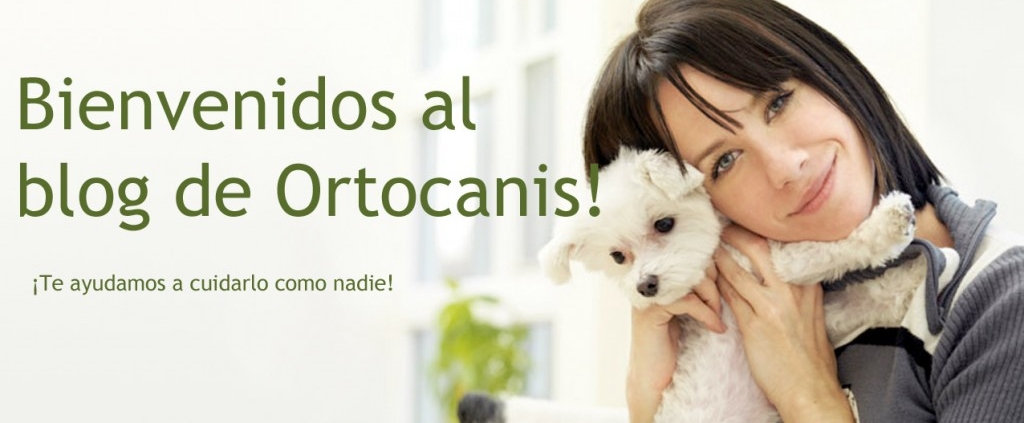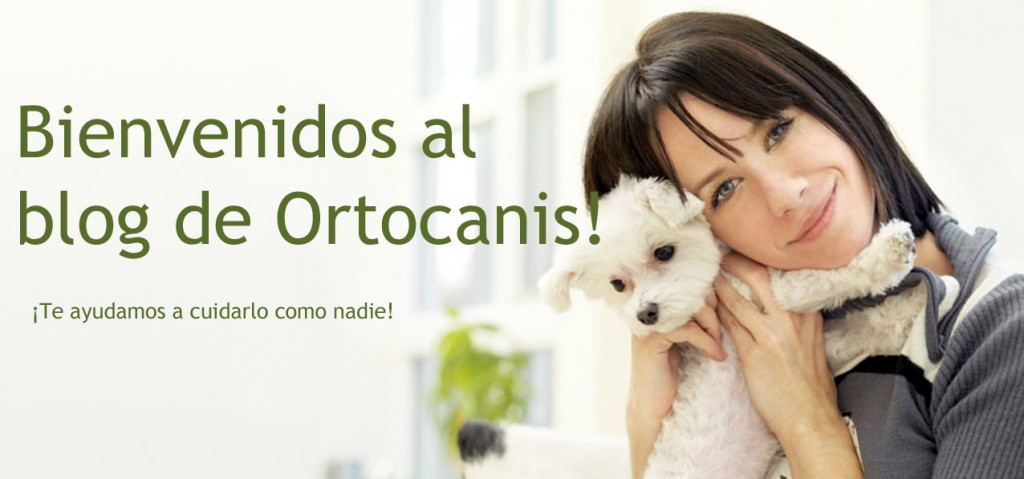Probably one of the most common diseases in large dogs, here they explain what it is.
Hip Dysplasia is the most common osteoarticular disease in dogs. a typical disease of dogs of large and medium breeds, less frequent in small breeds.
It presents with a poor congruence of the acetabular cavity (hip) with the femoral heads that may appear dislocated or sub-dislocated, that is, out of their natural place. The head of the femur, not having a good coating, “dances” and this produces stress, inflames and weakens the joint and the periarticular tissues.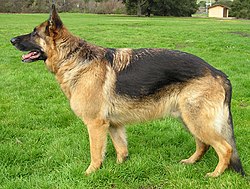
It is very common for degenerative changes of osteoarthritis to appear. Osteoarthrosis that appears due to dysplasia will cause problems of inflammation, pain, which in turn will cause the dog to carry more weight on the hands, less on the hindquarters and therefore use less hindquarters and a clear muscle atrophy appears in the posterior third that will aggravate the symptoms.
The symptoms vary a little depending on the breed and especially the age of the dog, we must think that for the diagnosis a distraction X-ray is performed, that is to say with the dog lying up and symmetrical traction on the hind limbs, normally with the dog anesthetized or heavily sedated, but the symptoms do not always correlate with the x-ray result.
Sometimes we see dogs with a lot of dysplasia and that have little or no pain and also the opposite case, a lot of pain with a result in the radiological examination that is not so bad. The pain depends more on the inflammation of the joint (synovitis) among other factors than on the dysplasia itself.
From 5 or 6 months, the warning signs begin, the dog stands badly (puts one leg out), has difficulty standing, does not bear weight on the hindquarters, may have signs of pain after exercise , slipping, falling, sudden mood changes, becoming more aggressive, avoiding the presence of the owner when petting him and presenting the typical gait of the dog with dysplasia, which is rocking the back and running like a rabbit. Sometimes at the end of growth the symptoms disappear or are greatly minimized, the only clear sign remaining is a rocking gait.
Hip dysplasia has clear indices of heritability, although dogs are often carriers but do not develop hip dysplasia, not all environmental factors such as rapid development and nutrition are clear, as well as genetics or their mechanisms of action and we can see offspring with hip dysplasia from normal parents and even vice versa, although it is not very ethical to raise sick parents.
Excess weight, a non-varied diet where dogs can choose are factors that have been shown to increase the chances of suffering from the disease. The most critical period for the development of this disease is between 3 and 8 months, reducing caloric intake and regular exercise without much impact could be an interesting decision to avoid hip dysplasia in this phase. 
In older dogs, the problems are determined as a result of the osteoarthritis that they present, the most typical symptoms are difficulty getting up, swaying gait from the hips, we observe that it carries much more weight in front and that it walks with the help of the forelimbs (rowing more than propelling), they have a lot of difficulty getting on their hind legs, climbing stairs, getting into the car or getting on the sofa. In the image we can see the typical position that a dog with hip osteoarthritis adopts, with its legs open to increase the base of support and its head forward to load more weight on the front part, you can also see the muscular atrophy that exists in the later ones.
Sometimes they present a limp that disappears after walking for a short period of time, which is suffered more in the morning when getting up, especially if they have not rested correctly or on a suitable mattress, the limbs are usually flexed while they walk, their steps they are short since the extension of the hips hurts and they present a very important development of the muscular mass of the hindquarters (atrophy). The times of the walks are reduced a lot, the dog sits or lies down and does not want to go for a walk or for a long time during the walk.
Although there are various classifications, the International Canine Federation is based on this classification:
- No sign of dysplasia.
- Almost normal hip joints.
- Mild dysplasia.
- Moderate or medium.
- Serious.
Although there are surgical methods: excision of the pectineus muscle, triple hip osteotomy, arthroplasty of the femoral head, forage, hip prosthesis… in the end, the treatment is purely palliative, it includes pharmacology: anti-inflammatories and cartilage protectors, weight reduction, exercise moderate and above all regular, physiotherapy can help a lot to better develop the muscles without pain to remove tensions and eliminate compensations that the dog has made, improvements in the environment: sleep on a good mattress for example the mattress for older dogs , not being cold or exposed to high humidity, and all the adjuvant treatments such as acupuncture, massages, reiki, bach flowers…
We can help our dog with hip dysplasia in many ways: regular physical exercise can help us a lot to improve muscle mass that can make us better withstand poor joint congruence, physiotherapy and massages allow the dog to always have a correct muscular state, cartilage protectors delay the onset of osteoarthritis, anti-inflammatories prevent or reduce pain, we can protect the dog from the cold with thermal blankets and if the dog has trouble getting up, help it with a rear harness , it is important that the dog feels comfortable and that we encourage it to move and exercise.
can help us a lot to improve muscle mass that can make us better withstand poor joint congruence, physiotherapy and massages allow the dog to always have a correct muscular state, cartilage protectors delay the onset of osteoarthritis, anti-inflammatories prevent or reduce pain, we can protect the dog from the cold with thermal blankets and if the dog has trouble getting up, help it with a rear harness , it is important that the dog feels comfortable and that we encourage it to move and exercise.
Orthocanis Team
.
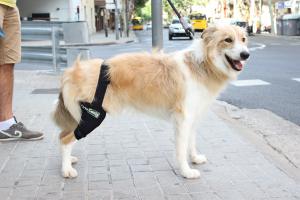


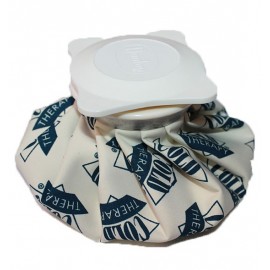
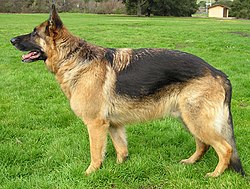


 can help us a lot to improve muscle mass that can make us better withstand poor joint congruence, physiotherapy and massages allow the dog to always have a correct muscular state, cartilage protectors delay the onset of osteoarthritis, anti-inflammatories prevent or reduce pain, we can protect the dog from the cold with
can help us a lot to improve muscle mass that can make us better withstand poor joint congruence, physiotherapy and massages allow the dog to always have a correct muscular state, cartilage protectors delay the onset of osteoarthritis, anti-inflammatories prevent or reduce pain, we can protect the dog from the cold with 